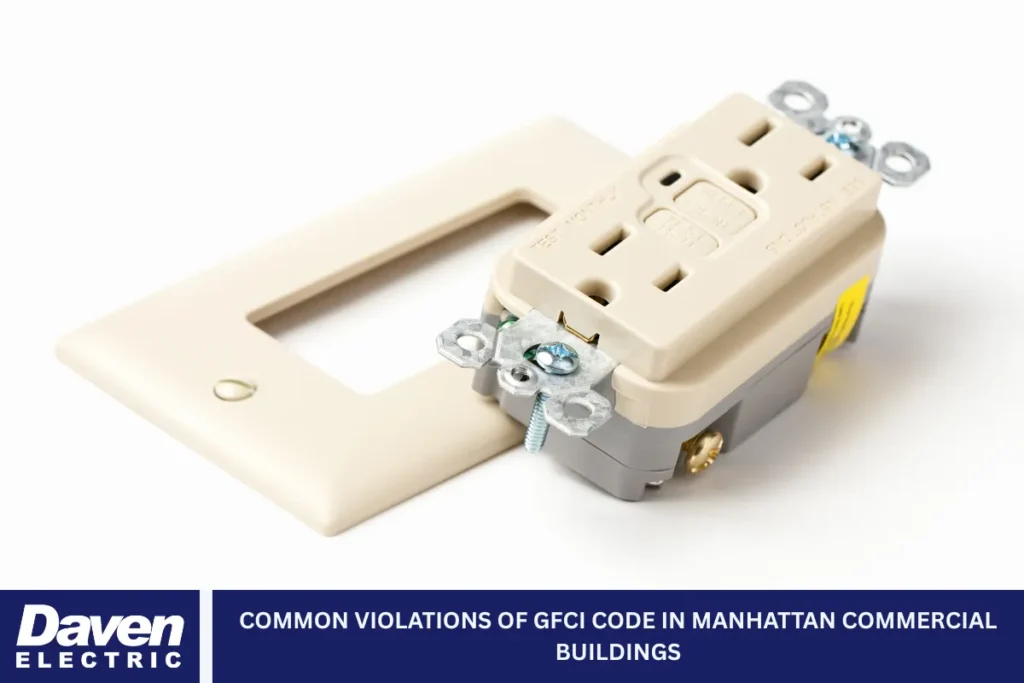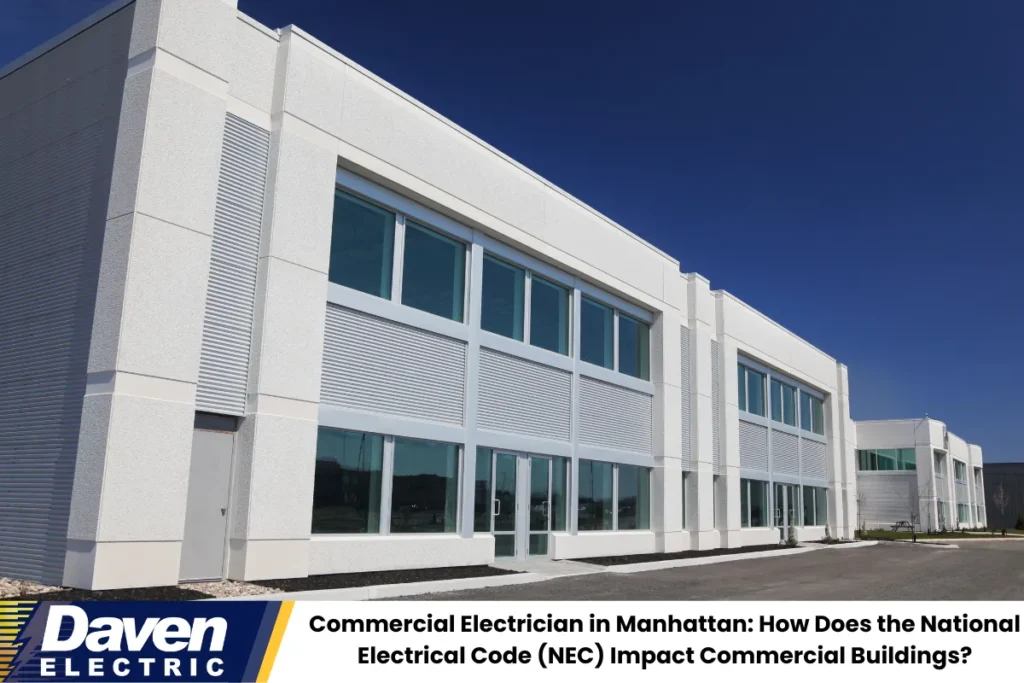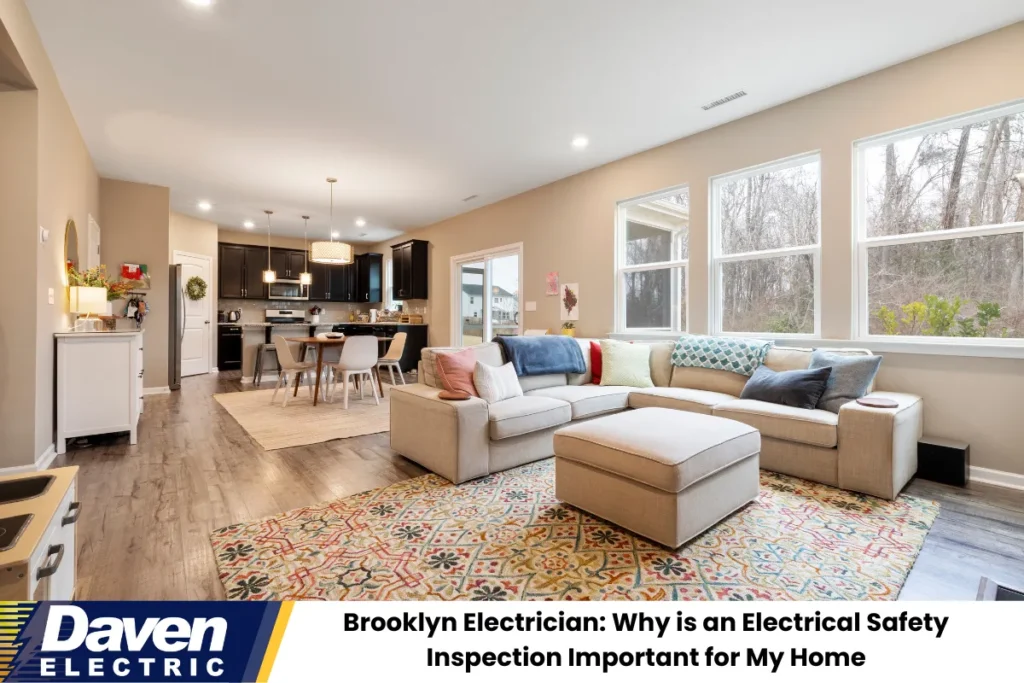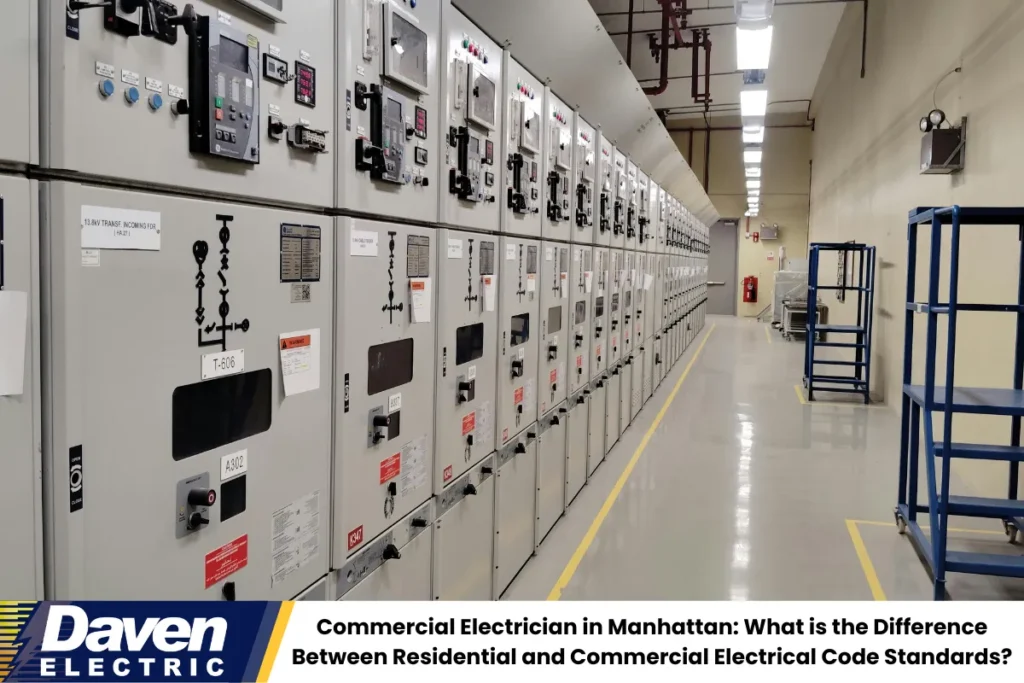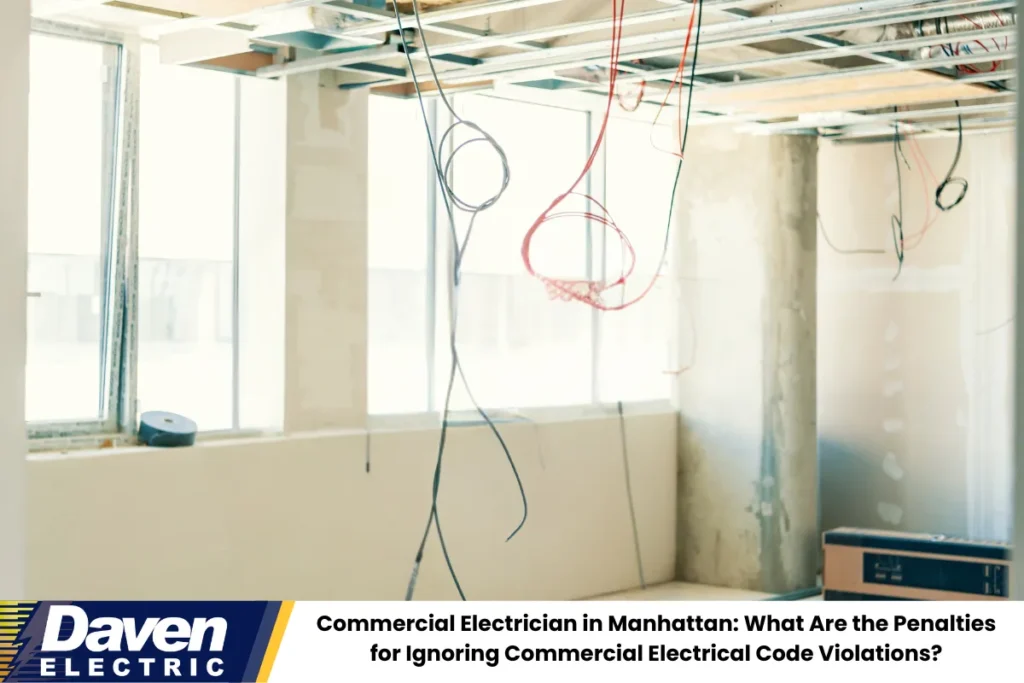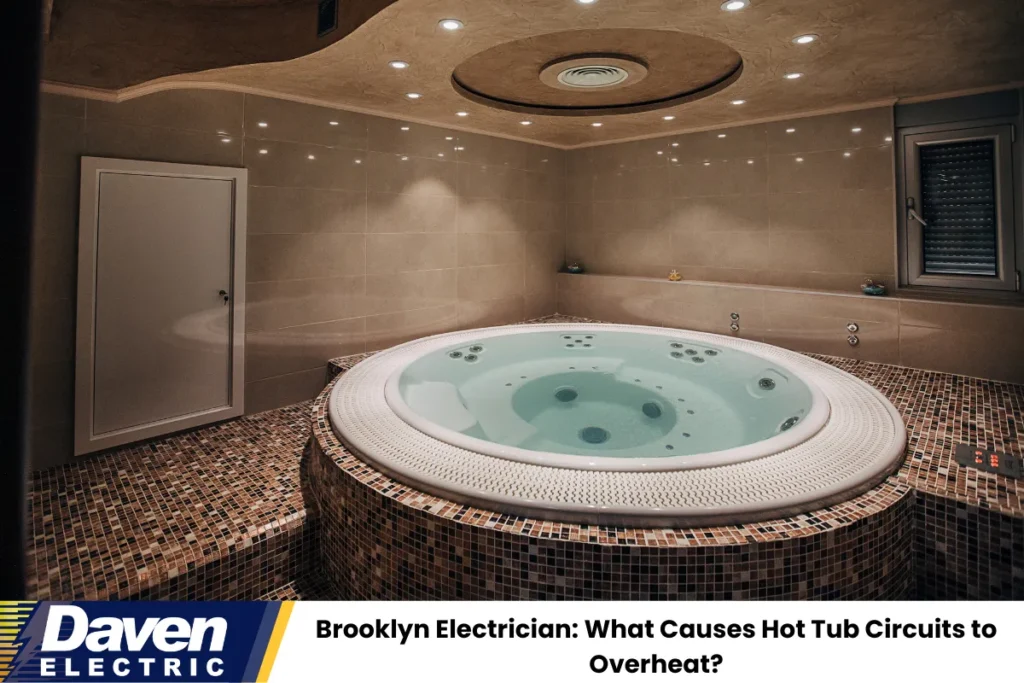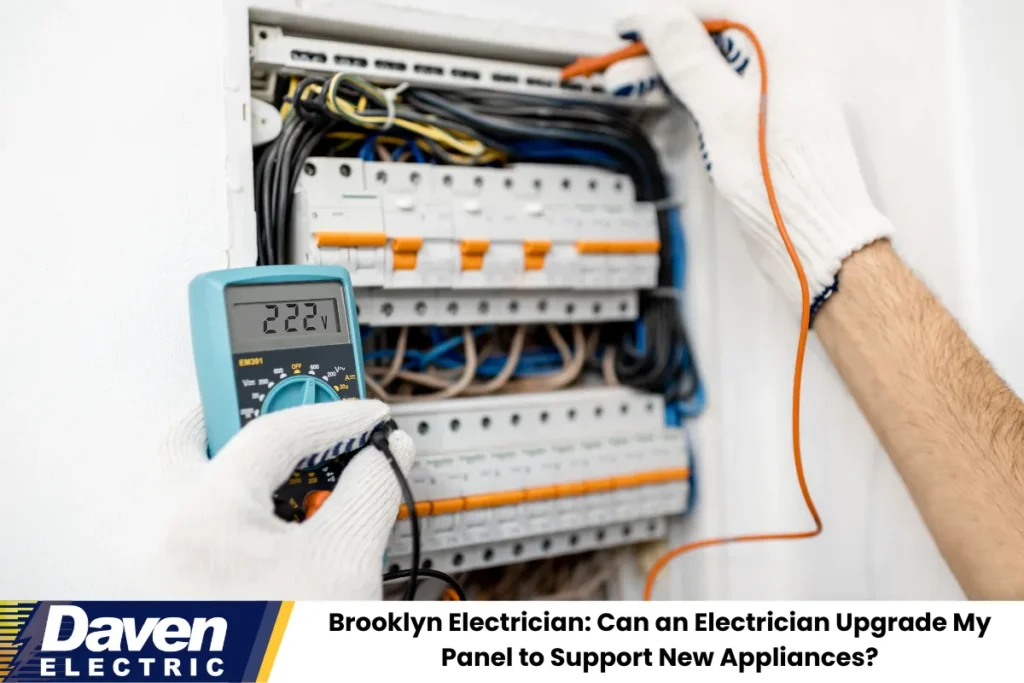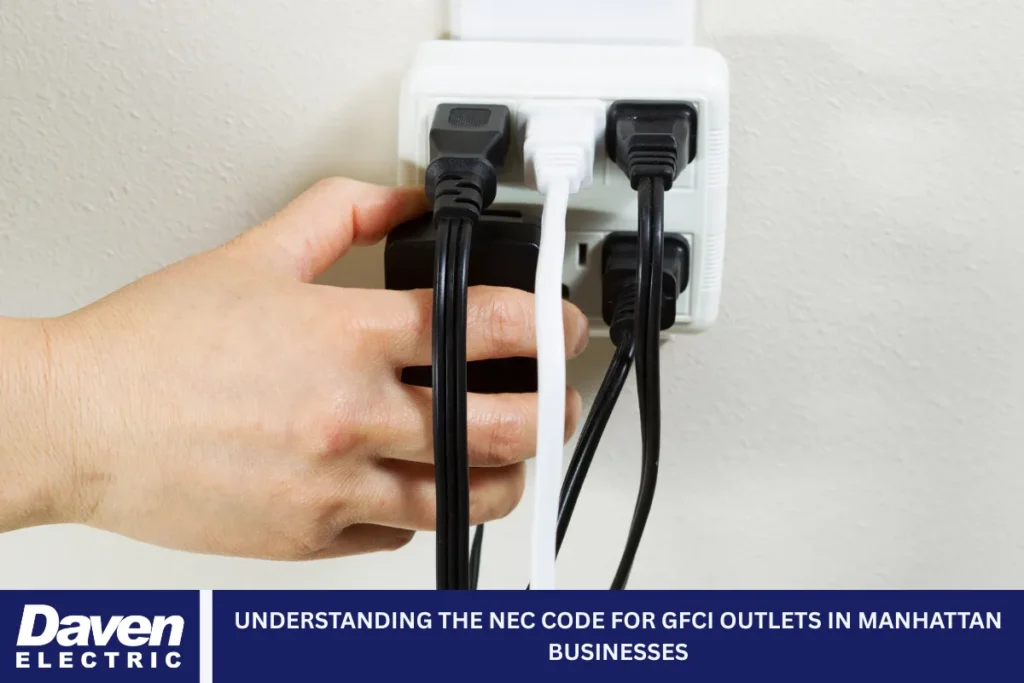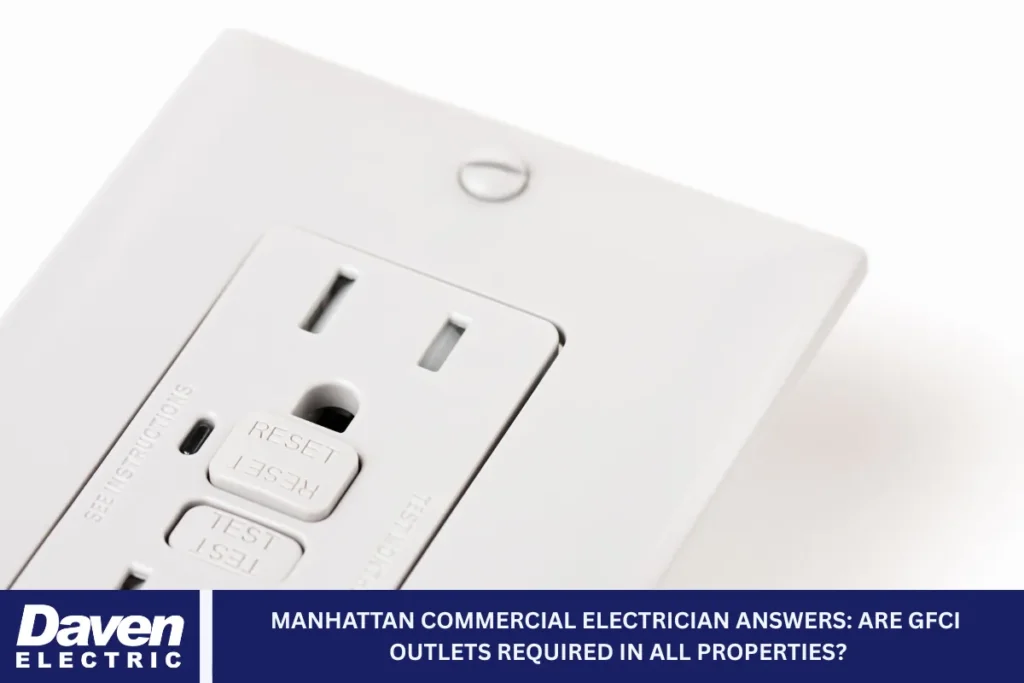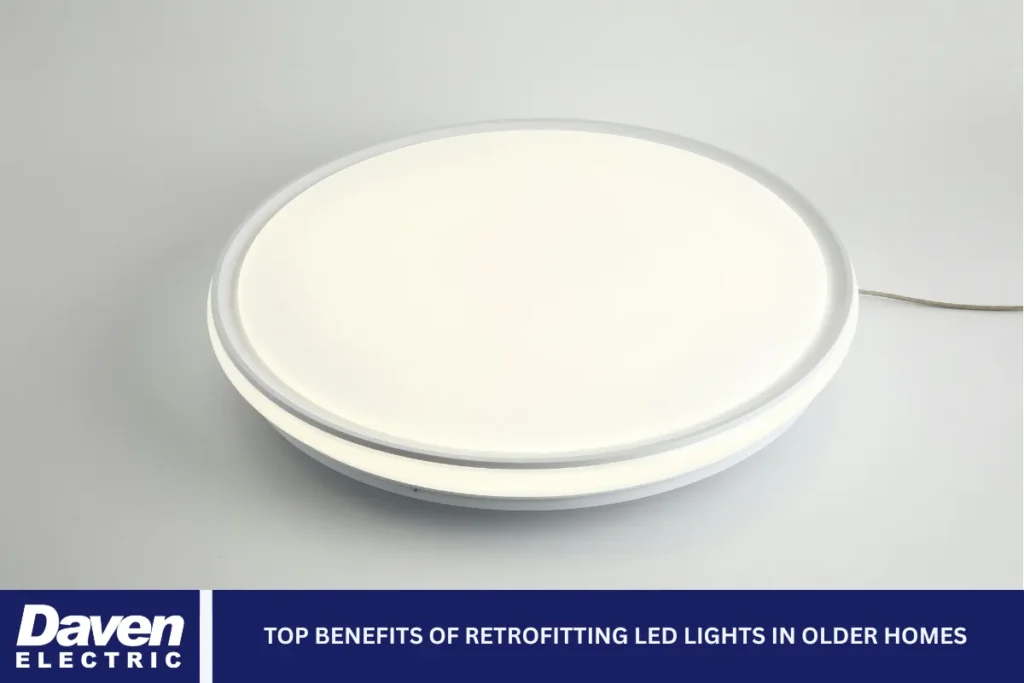Understanding GFCI Protection and Its Critical Role in Manhattan’s Commercial Properties
Across Manhattan’s dynamic commercial landscape, one common issue continues to put safety at risk—non-compliance with GFCI code. At the center of this conversation, a commercial electrician in Manhattan plays a vital role in identifying and correcting these violations. Many property owners, managers, and tenants are unaware of how easily the GFCI code can be broken, often unintentionally. Yet the consequences of such violations are severe and far-reaching, ranging from safety hazards to legal penalties.
GFCI, or Ground Fault Circuit Interrupter, is an electrical safety device that helps prevent electrical shock by monitoring current flow in a circuit. If it detects even a small variation, it cuts off power almost immediately. This technology is essential in areas where water and electricity are in proximity, such as bathrooms, kitchens, rooftops, and basements—areas commonly found in commercial properties throughout Manhattan. Without proper GFCI protection, both people and property are at significant risk.
In New York City, electrical systems must meet not only the National Electrical Code (NEC) but also additional local amendments issued by the NYC Department of Buildings. That means GFCI violations in Manhattan aren’t just unsafe—they’re illegal. Understanding the common mistakes related to GFCI protection can help commercial property owners stay compliant and maintain a safe environment for their buildings.
Lack of GFCI Outlets in Code-Mandated Areas
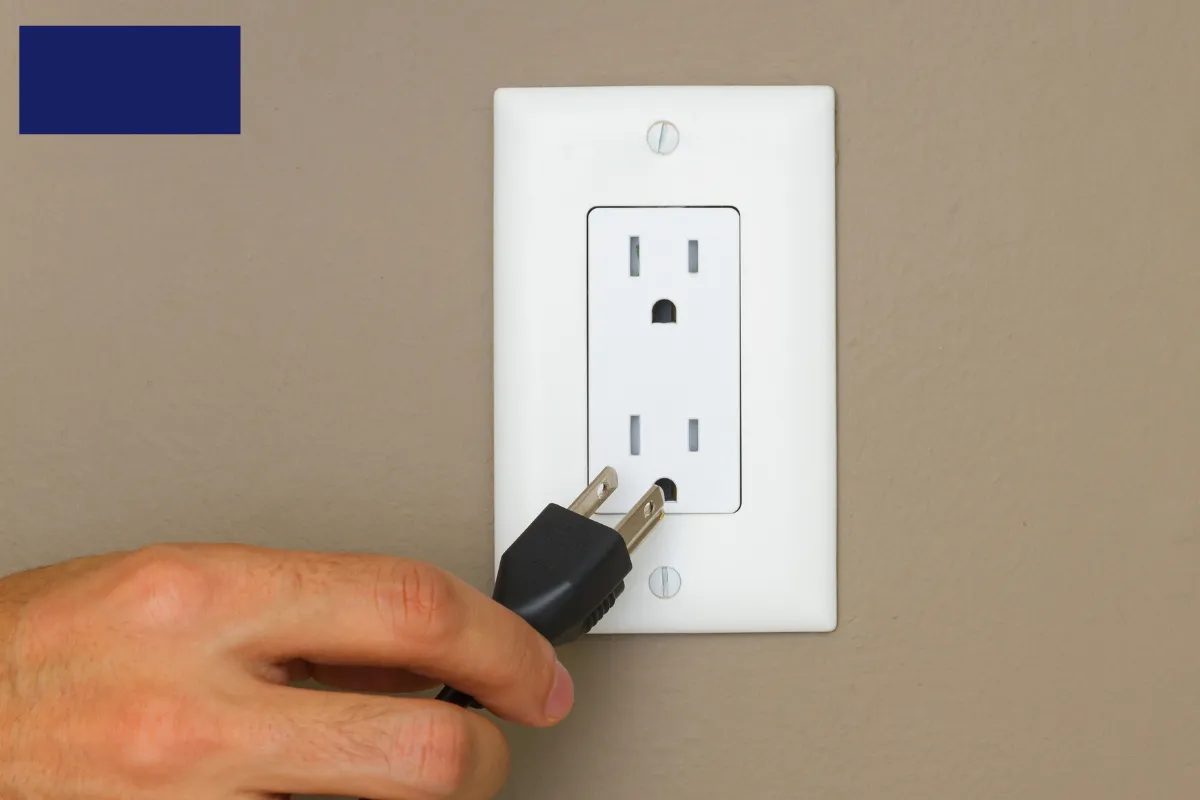
One of the most widespread violations in Manhattan’s commercial properties is the absence of GFCI outlets in places where the code explicitly requires them. These locations are typically areas where electrical outlets are positioned near sources of moisture.
Key Areas Where GFCI is Required:
- Bathrooms: Every outlet in a commercial bathroom must have GFCI protection. This applies whether it’s a small restroom in an office or a multi-stall facility in a public building.
- Kitchens and Breakrooms: Any outlet within 6 feet of a sink or wet countertop must be protected by GFCI.
- Rooftops: Any electrical outlet installed on a rooftop must include GFCI protection, regardless of its location or usage.
- Basements and Crawl Spaces: Even if unfinished, these areas require GFCI outlets if any power receptacles are installed.
- Outdoor Areas: Exterior outlets, such as those for signage, lighting, or maintenance tools, must be GFCI-protected and weatherproofed to ensure safety and prevent electrical hazards.
In Manhattan, older buildings are often retrofitted for modern commercial use. Unfortunately, many of these upgrades overlook critical safety updates, such as installing GFCI outlets. That oversight can result in dangerous conditions and significant fines from local inspection authorities.
Improper Installation of GFCI Devices
Installing a GFCI outlet or circuit breaker is a straightforward process. Still, it requires precision and a thorough understanding of the electrical code. Incorrect installation is a common violation, particularly in commercial buildings where the pressure to complete renovations quickly can lead to rushed work.
Common Installation Errors Include:
- Reversing Line and Load Connections: A frequent mistake that renders the GFCI useless. Power flows incorrectly, and the safety function fails to work.
- No Ground Connection: Although some GFCI devices can function without a ground, NYC code often requires proper grounding for added safety.
- Non-Weatherproof Housing: Outdoor or rooftop GFCI outlets must be housed in weatherproof enclosures. Many installations fail to meet this requirement, resulting in water damage and potential electrical short circuits.
These errors often go unnoticed until a problem arises or until an inspection reveals the violation. Ensuring proper installation from the start is essential in a busy commercial environment where electrical reliability is non-negotiable.
Failure to Label GFCI-Protected Outlets Downstream
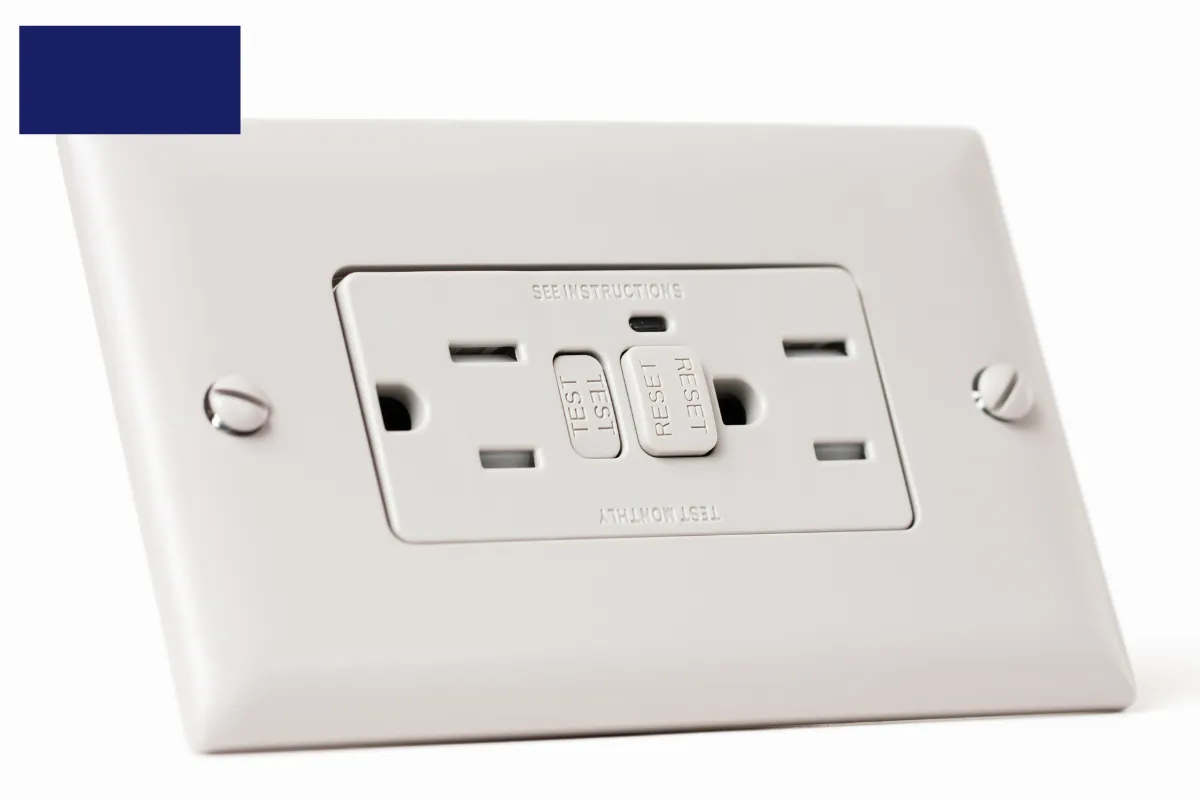
Many GFCI outlets are designed to protect multiple outlets located downstream on the same circuit. This feature enhances safety and reduces costs, but it introduces a requirement that is often neglected—clear labeling.
Why Labeling Matters:
- Code Compliance: NEC and NYC codes require that every outlet protected by a GFCI device be marked accordingly.
- User Awareness: If a downstream outlet trips the GFCI, users must know where to reset it.
- Maintenance Efficiency: Electricians rely on proper labels to perform repairs or upgrades safely.
In office suites, retail stores, and food establishments across Manhattan, it’s common to find downstream outlets with no indication they are GFCI-protected. This simple omission not only breaks the code but can lead to confusion during emergencies or maintenance work.
Non-Weatherproof Outdoor GFCI Installations
Manhattan’s weather varies greatly—from sweltering summers to icy winters. Outdoor electrical systems must endure the elements, which is why weather-resistant GFCI outlets are required in exterior applications.
Common Outdoor Violations:
- Lack of Weatherproof Covers: Some outlets are exposed to rain, snow, and debris, which can lead to corrosion and malfunction.
- Inadequate Enclosure Rating: Covers and boxes that don’t meet NEMA standards for outdoor use compromise the safety of the entire circuit.
- Incorrect Orientation: Outlet covers must be mounted in a way that prevents water from entering when cords are plugged in.
Rooftop equipment, exterior lighting, and security camera systems often rely on these outlets for power. Cutting corners on installation may seem insignificant, but it can lead to costly repairs and dangerous exposure.
GFCI Violations in Commercial Garages and Utility Rooms
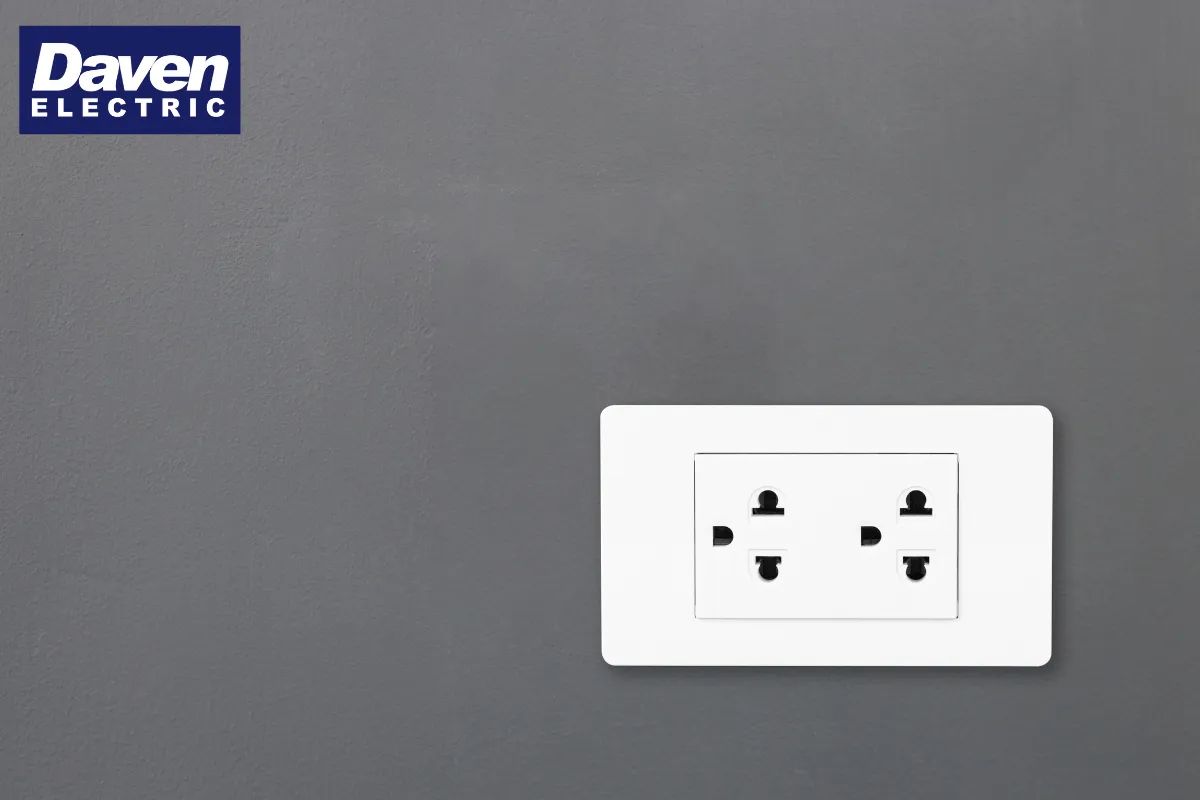
Another area prone to GFCI violations in Manhattan’s commercial buildings includes garages, storage areas, and mechanical rooms. These spaces are frequently overlooked because they’re not in the public eye—but they’re still subject to strict codes.
Key Missteps:
- No GFCI for Cleaning Equipment Outlets: Many commercial garages use pressure washers or floor scrubbers. These must be connected to GFCI outlets, especially near water.
- Old Non-Compliant Wiring: Converted spaces might retain outdated wiring that lacks GFCI protection entirely.
- Overloaded Circuits: Plugging too many devices into one unprotected outlet can create fire hazards.
These utility spaces are often ignored until something fails. Routine inspections and proper GFCI installation ensure long-term safety and compliance.
Using the Wrong Type of GFCI Protection
Not all GFCI devices are created equal. Choosing the wrong type for a specific application is another common violation in Manhattan commercial buildings.
Types of GFCI Devices:
- GFCI Receptacles: Ideal for single-location protection, such as a break room sink or a bathroom.
- GFCI Circuit Breakers: Installed in the panel, these protect all downstream outlets on a circuit.
- Portable GFCI units are used temporarily on construction sites or by maintenance crews.
Issues arise when, for example, a circuit breaker is used where individual receptacles would be more appropriate. Improper selection can result in nuisance tripping or ineffective protection. Each device type serves a specific role, and matching them to the right environment is critical.
Overloaded GFCI Circuits in High-Demand Areas
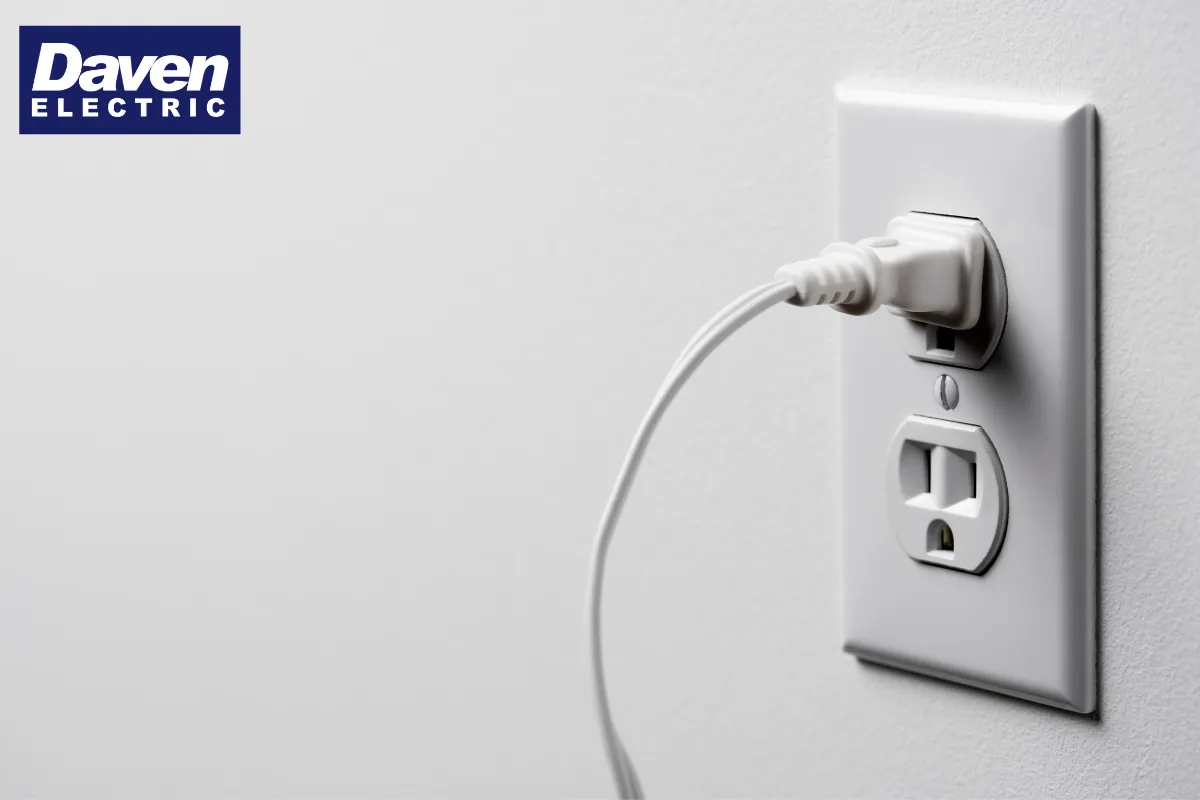
Electrical load plays a significant role in the functionality of a GFCI. While these devices are designed for protection, they are not designed to handle excess current beyond their rated capacity.
Common Overload Scenarios:
- Restaurant Kitchens: Coffee machines, microwaves, blenders, and dishwashers draw power from a single outlet.
- Retail Stores: Lighting, displays, and cash registers are drawing too much from the limited circuits.
- Shared Office Spaces: Multiple computers, printers, and chargers connected to one GFCI outlet.
This misuse can cause constant tripping and, in some cases, electrical fires. A properly rated and distributed system prevents these outcomes and ensures business continuity.
Lack of Periodic Testing and Functional Checks
Many property managers assume that once a GFCI outlet is installed, it no longer requires attention. However, both the NEC and manufacturer guidelines recommend monthly testing.
What Testing Involves:
- Press the “TEST” Button: This should immediately shut off power.
- Press “RESET”: The power should return, confirming that the outlet is functioning.
- Check for Tripped Devices: Outlets that don’t respond should be replaced immediately.
In Manhattan’s fast-paced commercial environments, maintenance teams are often stretched thin. But skipping routine testing can result in malfunctioning GFCIs that offer no real protection.
Failure to Upgrade to Current Code Standards
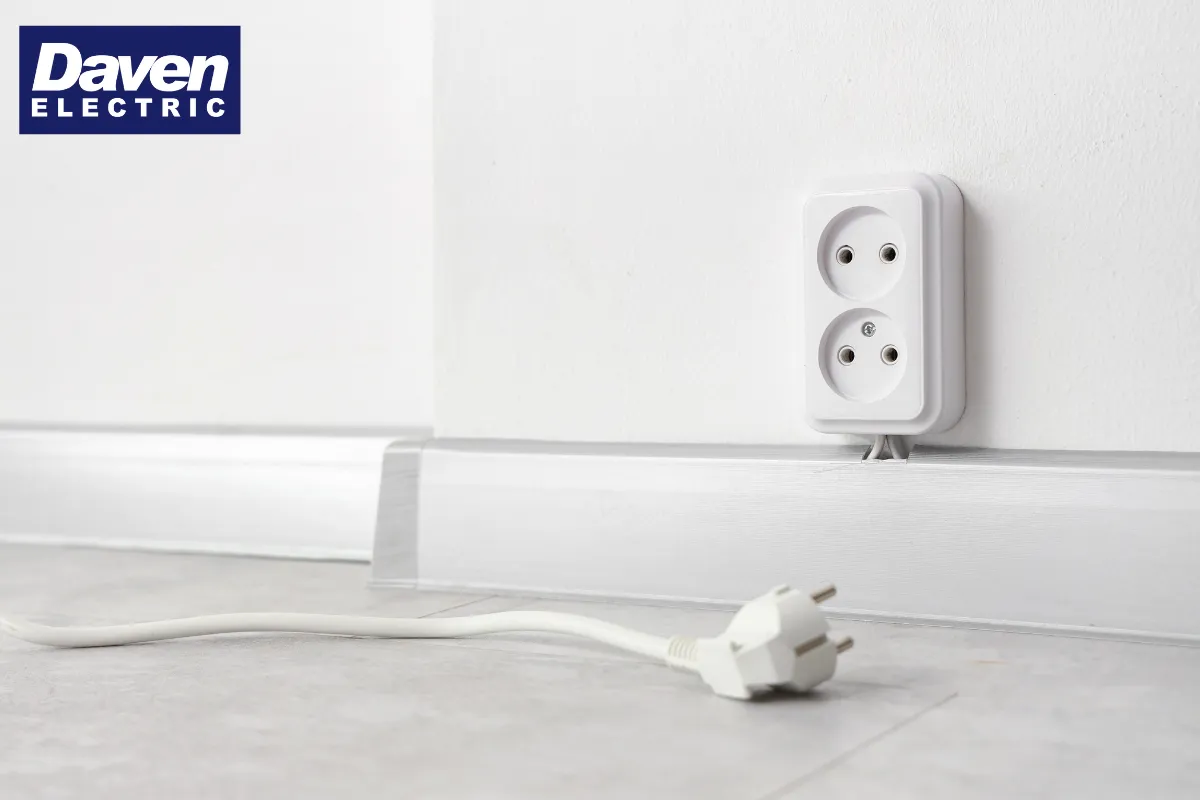
NYC’s electrical codes evolve to improve safety and align with national standards. Buildings that haven’t been renovated or inspected in years often fail to meet today’s code—even if their GFCI devices were once compliant.
Signs of Outdated Systems:
- Non-self-testing GFCIs: Modern outlets test themselves automatically and provide an alert if they stop working.
- Lack of Tamper-Resistant Features: Now required in many commercial locations.
- No Arc Fault Protection: Often required in combination with GFCI in some areas.
Property owners must proactively update electrical systems to avoid violations and improve tenant safety.
Unpermitted or Uninspected Electrical Work
All electrical installations, including GFCI upgrades, must be performed by a licensed electrician and filed with the Department of Buildings when necessary. Skipping this step is a serious violation.
Risks of Unpermitted Work:
- Fines from NYC DOB
- Voided Insurance Policies
- Dangerous, Substandard Work
To remain compliant, all commercial electrical work must be properly permitted, installed, and documented. There’s no substitute for professional oversight.
Summary of Code Compliance and Best Practices
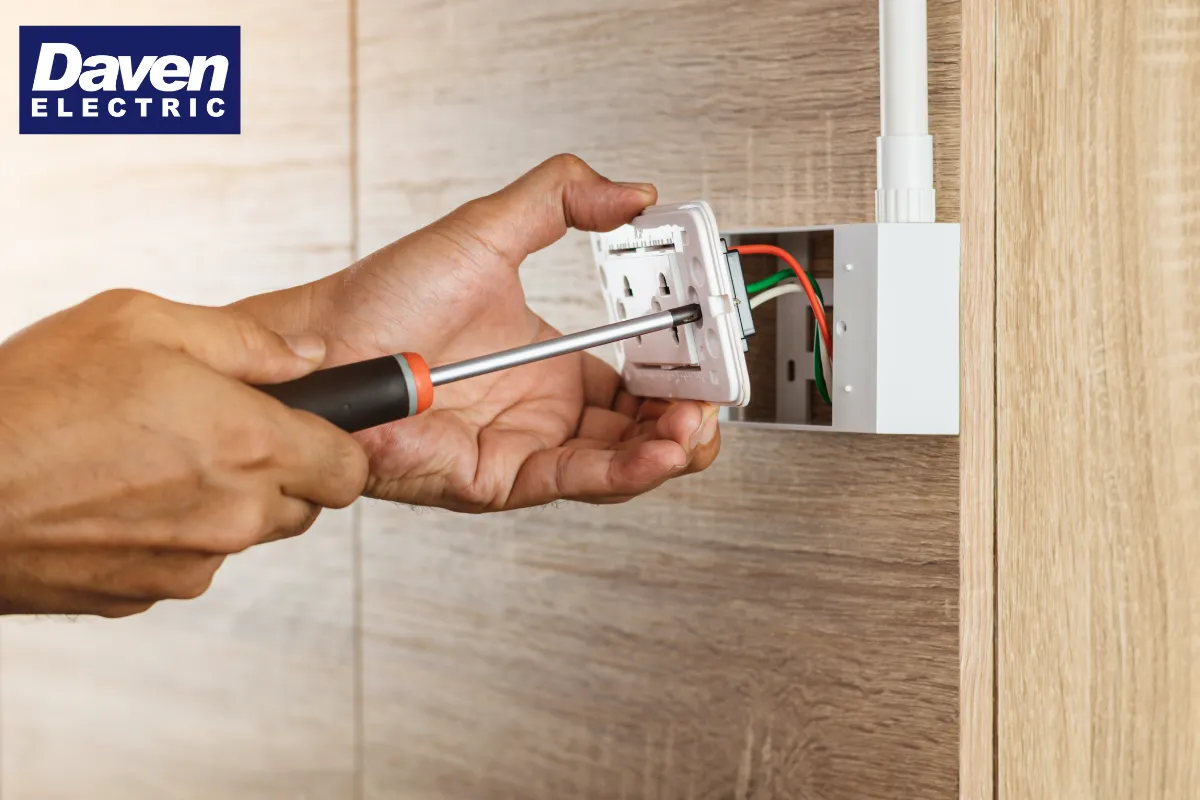
GFCI protection isn’t optional in Manhattan commercial buildings—it’s the law. From proper placement to correct installation, every detail matters. Violations can easily occur without regular inspections or expert involvement.
Stay ahead of issues by:
- Knowing where GFCIs are required.
- Testing outlets regularly.
- Hiring qualified professionals for all installations.
- Updating older systems to meet modern codes.
Electrical safety is everyone’s responsibility, but it starts with informed property owners and skilled professionals.
Code Compliance Starts with Professional Care
No commercial property in Manhattan should take chances with electrical safety. Code violations related to GFCI outlets are avoidable, but only if property owners remain proactive and vigilant. A thorough understanding of where protection is needed, how devices should be installed, and what upgrades are required is key to keeping everyone safe and compliant.
Never assume your building is up to code just because the lights turn on. Trust a certified expert to assess your system, identify potential violations, and perform the necessary upgrades before problems arise. With the right approach, staying compliant is not just possible—it’s easy.
Manhattan Commercial Electrician – Daven Electric Corp.
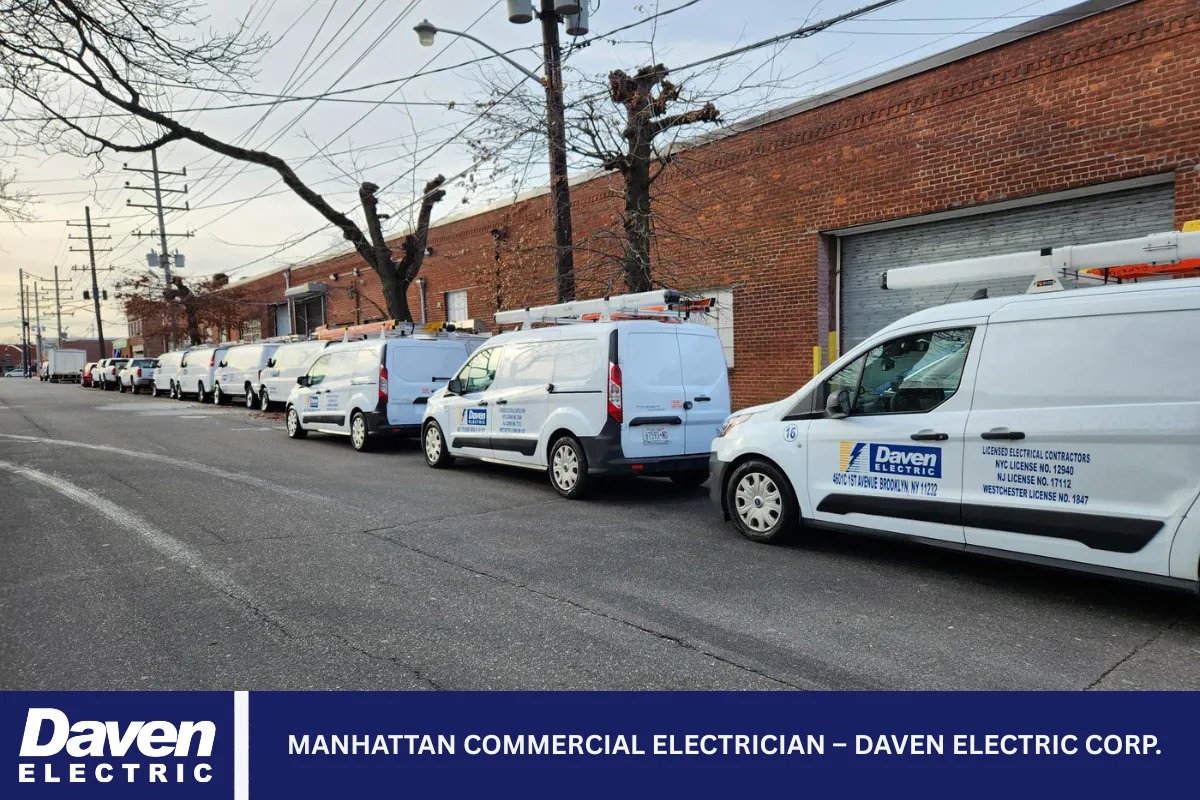
Daven Electric Corp. delivers professional electrical services for commercial properties across Manhattan and the greater New York City area. As a licensed master electrical contractor, we specialize in ensuring all work—from outlet installations to full system upgrades—meets current safety codes and GFCI requirements. We work with business owners, general contractors, property managers, and developers, offering skilled electrical solutions that meet both local and national standards.
Whether your building requires a routine inspection, code compliance updates, or a new electrical system, our experienced team is ready to help. For trusted service and expert results, call (212) 390-1106 and let us handle your next commercial electrical project!
Frequently Asked Questions About GFCI Code in Manhattan Commercial Buildings
1. What is a GFCI outlet, and why is it important in commercial buildings?
A GFCI, or Ground Fault Circuit Interrupter, is a special type of electrical outlet designed to protect people from electric shock. It constantly monitors the flow of electricity in a circuit. It shuts off power instantly if it detects a ground fault—meaning electricity is flowing somewhere it shouldn’t, such as through water or a person. This makes it a critical safety device.
In commercial buildings, GFCIs are particularly important due to the higher risk of exposure to moisture and heavy equipment. Areas like kitchens, bathrooms, rooftops, and maintenance rooms all require this type of protection by law. The National Electrical Code (NEC) and New York City’s local amendments make GFCI installation mandatory in specific zones to reduce the risk of injury or even death. GFCIs don’t just meet code—they save lives. That’s why having a licensed commercial electrician in Manhattan install and maintain them is so essential.
2. Where are GFCI outlets required in Manhattan commercial properties?
According to the National Electrical Code (NEC) and NYC Electrical Code amendments, GFCI outlets are required in several specific areas where water or moisture may be present. This includes bathrooms, kitchens, breakrooms, rooftops, outdoor areas, basements, garages, crawl spaces, and any location where electrical equipment may be used near a water source.
For example, in a commercial kitchen or restaurant, outlets within 6 feet of a sink must be GFCI-protected. Rooftop outlets used for HVAC access also need protection. Even janitorial closets with mop sinks or floor drains often require GFCI outlets. Additionally, unfinished spaces like storage rooms or mechanical areas in basements are included if they have receptacles.
In Manhattan, buildings must also comply with NYC’s additional safety standards. Regular inspections can help ensure all required areas are covered. Missing just one GFCI in the wrong location can result in a code violation or worse—an avoidable accident.
3. What are the consequences of GFCI code violations in Manhattan?
Violating the GFCI code in Manhattan can have serious consequences—both financially and legally. First, the NYC Department of Buildings (DOB) or Fire Department (FDNY) may issue fines if an inspection reveals code violations. These fines vary depending on the severity of the issue, but for commercial properties, they can be substantial. Repeat violations or unsafe conditions could even lead to shutdowns or stop-work orders.
Secondly, insurance companies may deny claims related to property damage or injury if the cause is traced back to non-compliant electrical systems. For example, if a fire starts due to an unprotected outlet in a commercial kitchen, and GFCI protection wasn’t installed as required, the insurer could refuse to cover the loss.
Lastly, there’s the safety risk. GFCI protection prevents electrocution and electrical fires. Not following the code doesn’t just break the law—it puts employees, customers, and tenants in harm’s way. Staying compliant isn’t just smart—it’s necessary.
4. How often should GFCI outlets be tested in commercial buildings?
According to the National Electrical Code (NEC) and manufacturer guidelines, GFCI outlets should be tested at least monthly. This ensures the device remains functional and continues to provide protection when needed. Testing is easy and takes only a few seconds: press the “TEST” button on the outlet and check if the power shuts off. Then press “RESET” to restore power.
In commercial settings, testing should be part of routine maintenance. Maintenance teams or building supervisors should keep a log of testing dates and results. If an outlet fails to trip when tested, it should be replaced immediately. Some modern GFCI outlets come with self-testing features and will display an alert if something’s wrong.
Neglecting to test GFCI outlets can lead to hidden failures. A GFCI that’s not working offers no protection at all—making it a silent risk. Regular testing is a simple step that makes a big difference in building safety.
5. Can older commercial buildings in Manhattan be grandfathered out of GFCI requirements?
No, older commercial buildings in Manhattan are not exempt from current GFCI code requirements, even if they were built before those standards were introduced. While some building elements may be “grandfathered” under certain zoning or structural regulations, electrical safety codes are not one of them—especially when it comes to life-safety systems, such as GFCIs.
Suppose a building undergoes any renovation, repair, or system upgrade. In that case, it is usually required to meet the latest version of the electrical code. The NYC Electrical Code incorporates the National Electrical Code (NEC) with specific amendments tailored to New York’s urban environment. As of recent updates, commercial properties must install GFCI outlets in designated areas, regardless of the building’s age.
Failing to bring older electrical systems up to code can result in violations, liability in lawsuits, or denied insurance claims. Working with a licensed commercial electrician in Manhattan is the safest and most effective way to ensure compliance with all relevant regulations.
Read more: Understanding the NEC Code for GFCI Outlets in Manhattan Businesses

